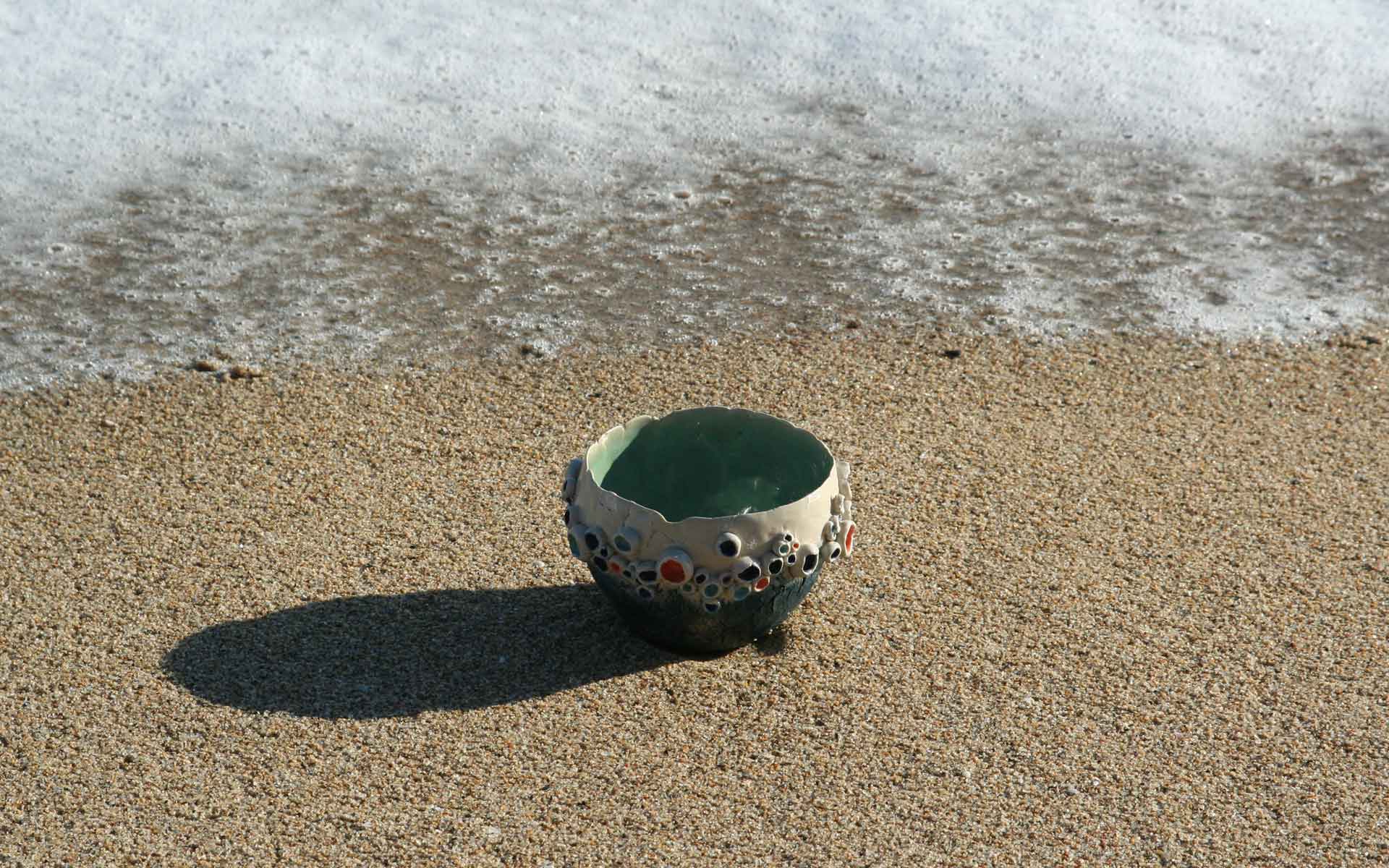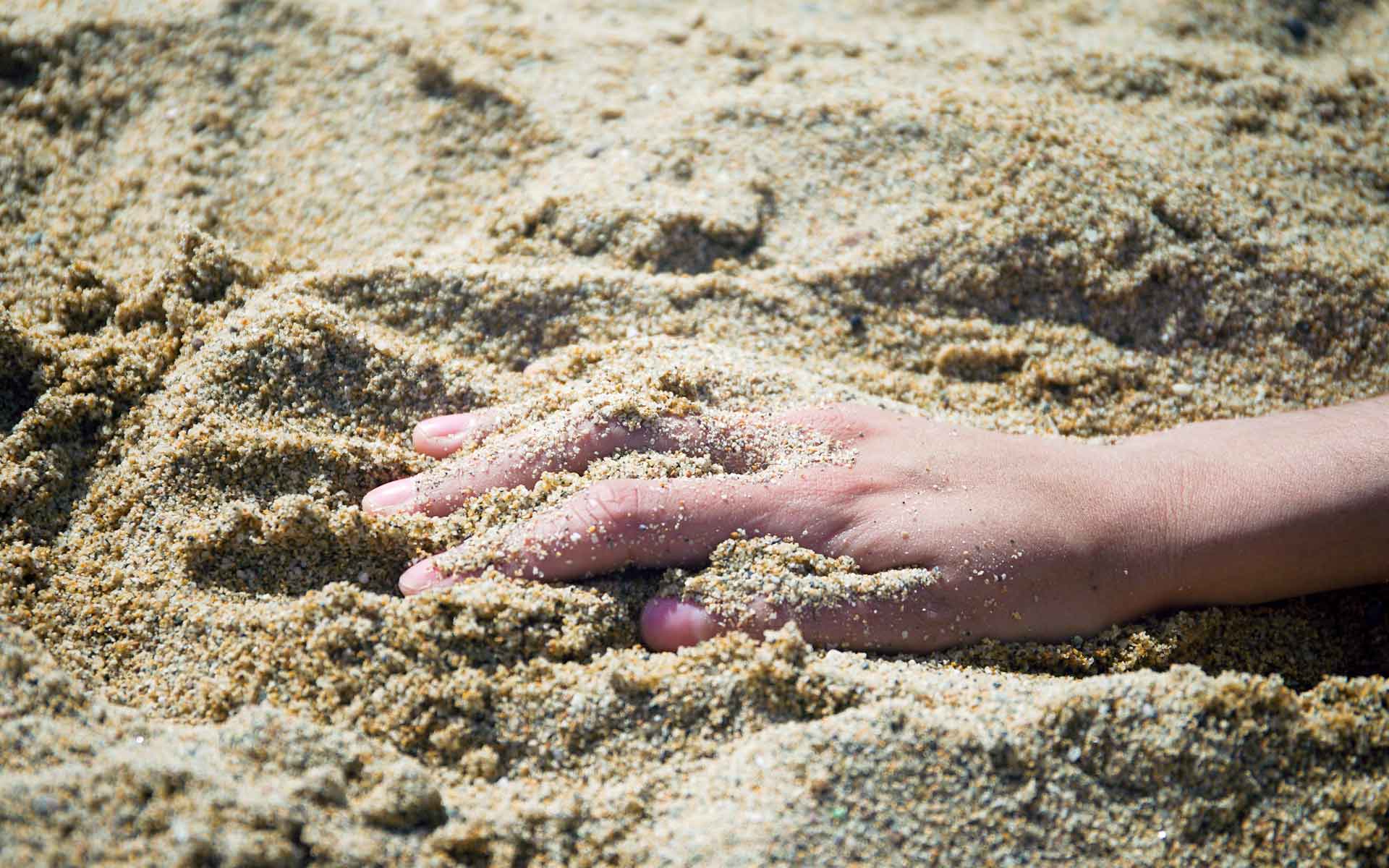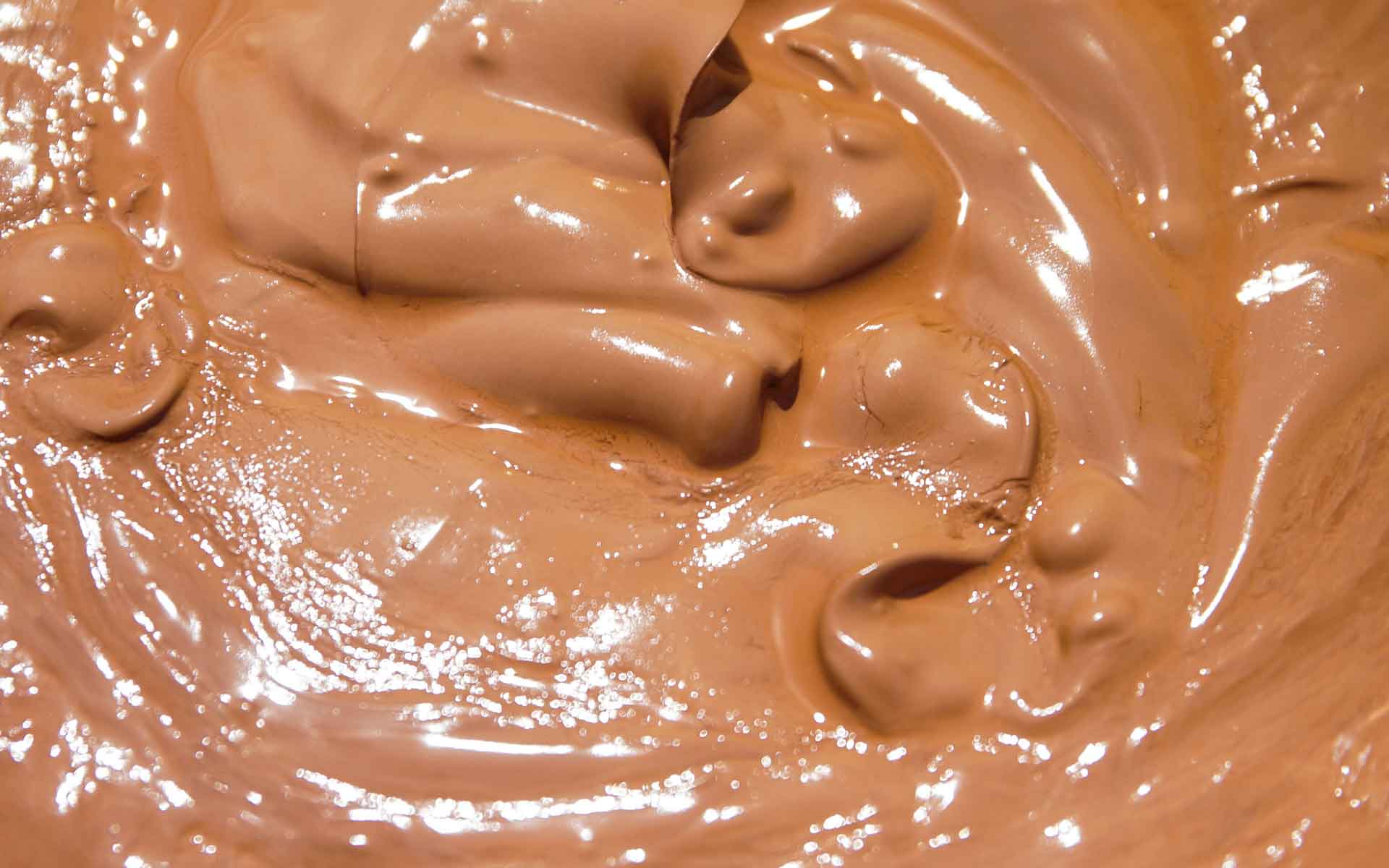
30 May What is inspiration?
What is inspiration? When I search the word ‘inspire’ in the online dictionary, I am shown two results, one modern (a) and the other archaic (b): a. to ‘fill (someone) with the urge or ability to do or feel something, especially to do something creative.’ and b. to ‘breathe in (air); inhale.’ Both of these definitions appear next to each other in a beautiful parallel. To create is to breathe. Many artists would say that their creative habits are as natural, vital and fulfilling as breathing. The most important detail of the above definition is ‘to do something’. For what is inspiration without an act? This doesn’t necessarily mean we have to complete every project, rather we at least have to start something new, to experiment and satisfy our curiosity. This pattern is integral to any creative practise.
Taking inspiration and channeling it through creative practise is what an artist does best. Some of us find inspiration from what’s directly in front of us, whether it’s our families, relationships, the environment, and of course many artists consciously seek out other art forms for inspiration, for example film, music, dance, fine art etc. In the past, I have tried to force ideas and research in order to kickstart a new project, but it can often feel fruitless and ineffectual. As mentioned in the definition above, it is the ‘urge’ that truly encourages us to pursue an idea, often we can feel it in the pit of our stomachs, and the hairs that stand up on our necks. We feel true inspiration in our bodies – and our minds listen. For me, this feeling is like remembering a memory that I haven’t thought about in decades, yet, the memory is fully formed, set before me in pristine detail. Our brains are incredibly sophisticated machines and we don’t fully understand the human brain and where our ideas come from, how we store and retrieve memories, or how we simulate the future. However, a study in 2018 found that one’s imagination, memory and creative thinking are all housed in a part of the brain called the bilateral hippocampus.
I like to believe that our brains and our bodies store every piece of information, nothing is lost, if we can feel open to this way of thinking, we can begin to uncover ideas that really reflect our individuality and uniqueness. No two people’s lives and histories are the same. I believe that all we need to get inspired is already within us, within our stories and also our private, inner, lives. Studies suggest that the networks in our brain responsible for remembering events in our past also play a key role in imagining future experiences. This is where our minds can get creative. Artist’s are often described as dreamers, living mostly inside our heads, we are constantly thinking, day and night.
But what is inspiration if we can’t truly harness it and make use out of it? I have discovered that journalling is an incredibly helpful way to record my ideas. We all know the feeling of a busy mind when there is too much information running through, it can feel overwhelming and difficult to focus on one idea. The exercise of writing is a powerful tool to store our ideas and give birth to new inspiration. Aside from writing, many artists keep a visual journal, like a scrapbook, filled with lots of images, cuttings from magazines and samples of material and objects that resonate with them. This is why platforms like Pinterest are so popular with artists and designers, because it is focused around generating new ideas. Over time, you will collect hundreds of ideas that are a great source of inspiration. Perhaps each entry might seem very random, however, once you see several ideas next to each other, suddenly your imagination begins to bridge a gap from one image to the next and soon you will ask yourself “what if I combine this technique with this style?” I recommend stepping out of a highly organised structure of groups and categories and allow your ideas to fall into one box, as without so many boundaries, your brain will create its own connections and paths.
The 137° Ceramics Art Studio is running an intensive Summer Programme designed to give students a full immersive experience into the world of ceramics, including inspirational talks by guest artists, museum and gallery trips, and guided mentorship. You can read more about the programme here.
For those of you who feel like you can’t find your inspiration, I will leave you with one of my favourite quotes from a novel called ‘To the Lighthouse’ by Virginia Woolf – “With a sudden intensity, as if she saw it clear for a second, she drew a line there, in the centre. It was done; it was finished. Yes, she thought, laying down her brush in extreme fatigue, I have had my vision.”
Sometimes our inspiration doesn’t arrive until we are close to the end.
Written by Freya Saleh





